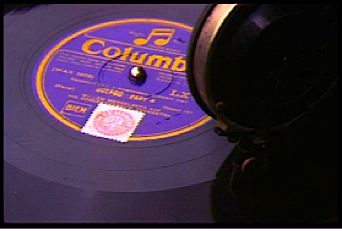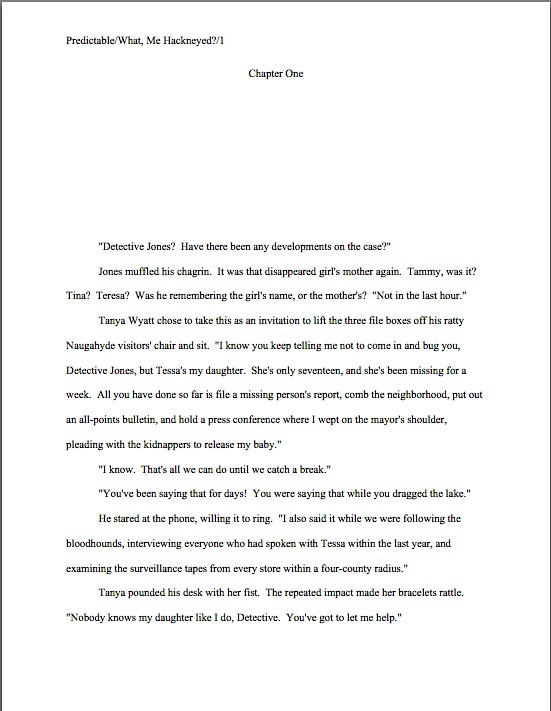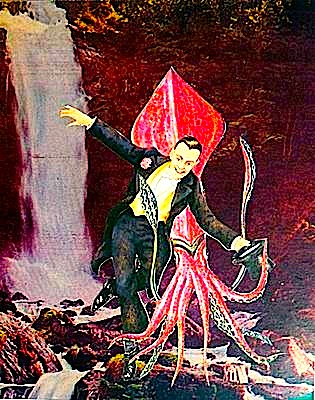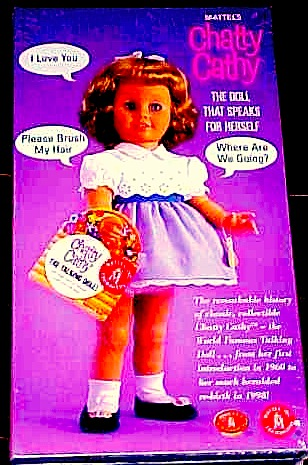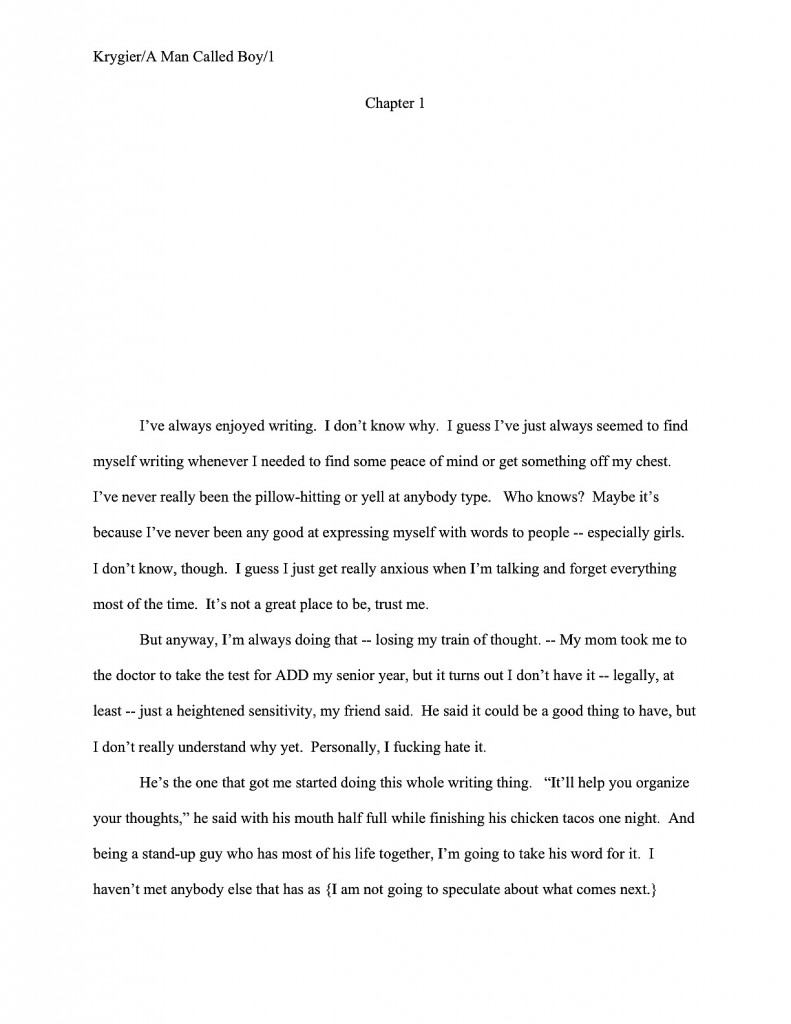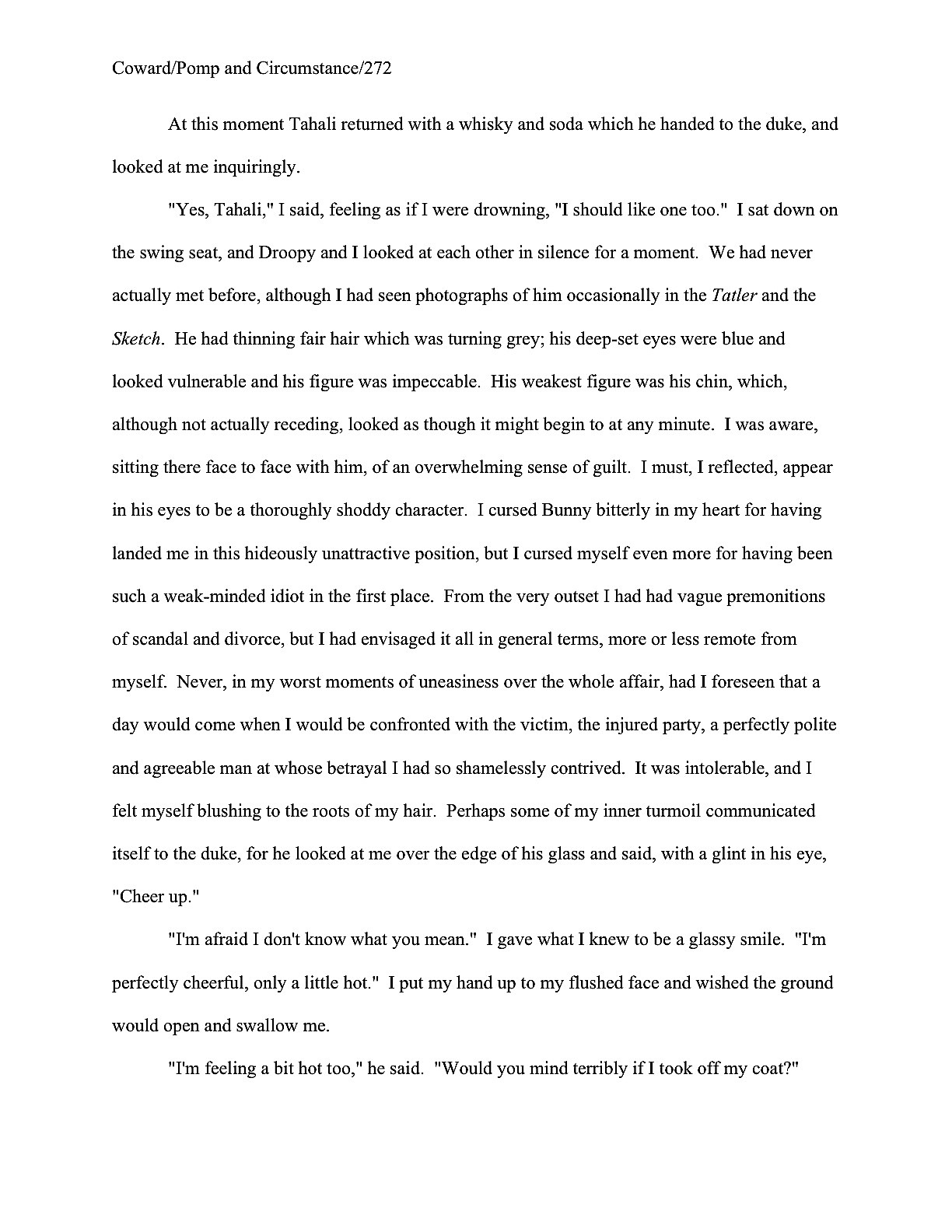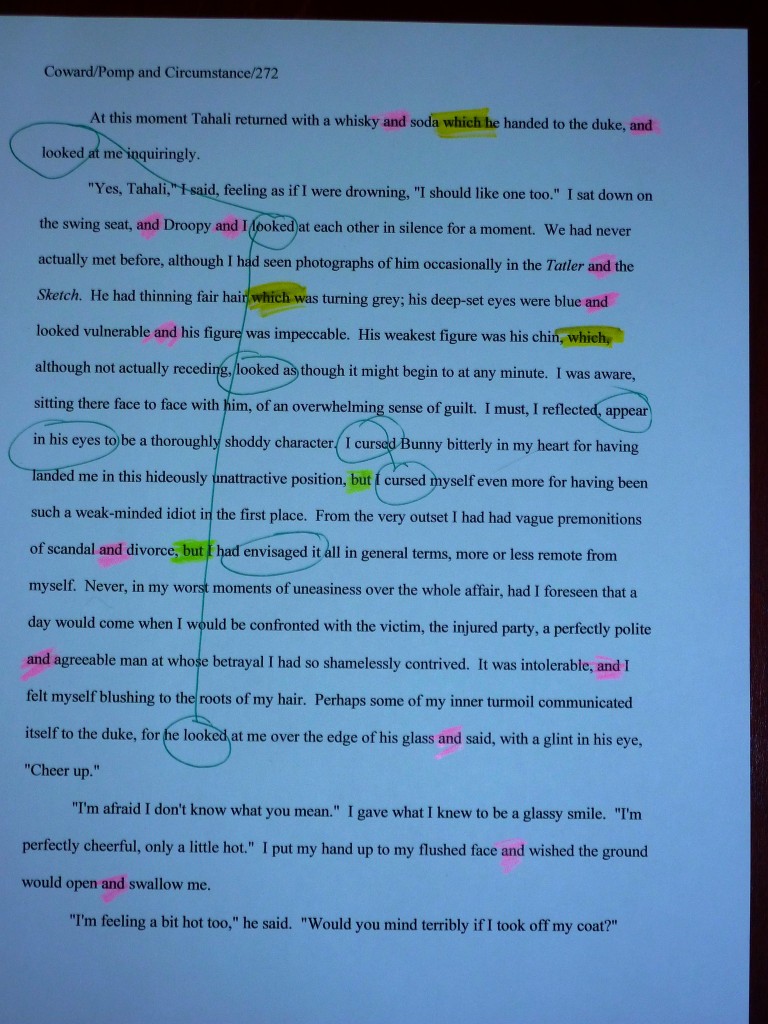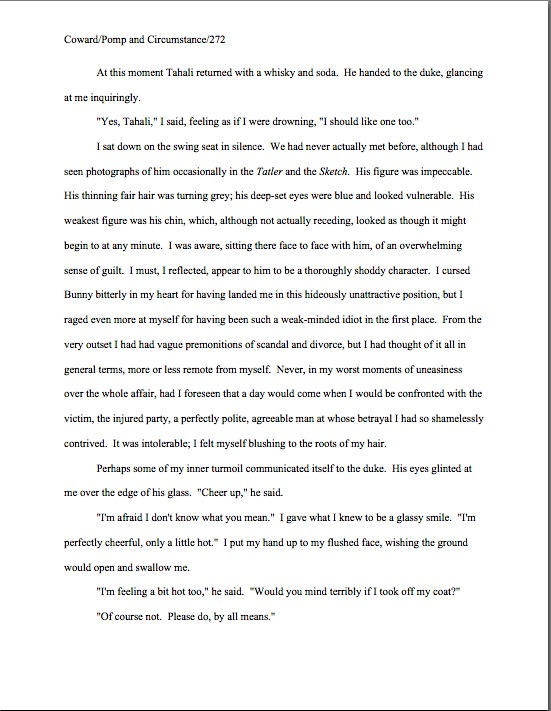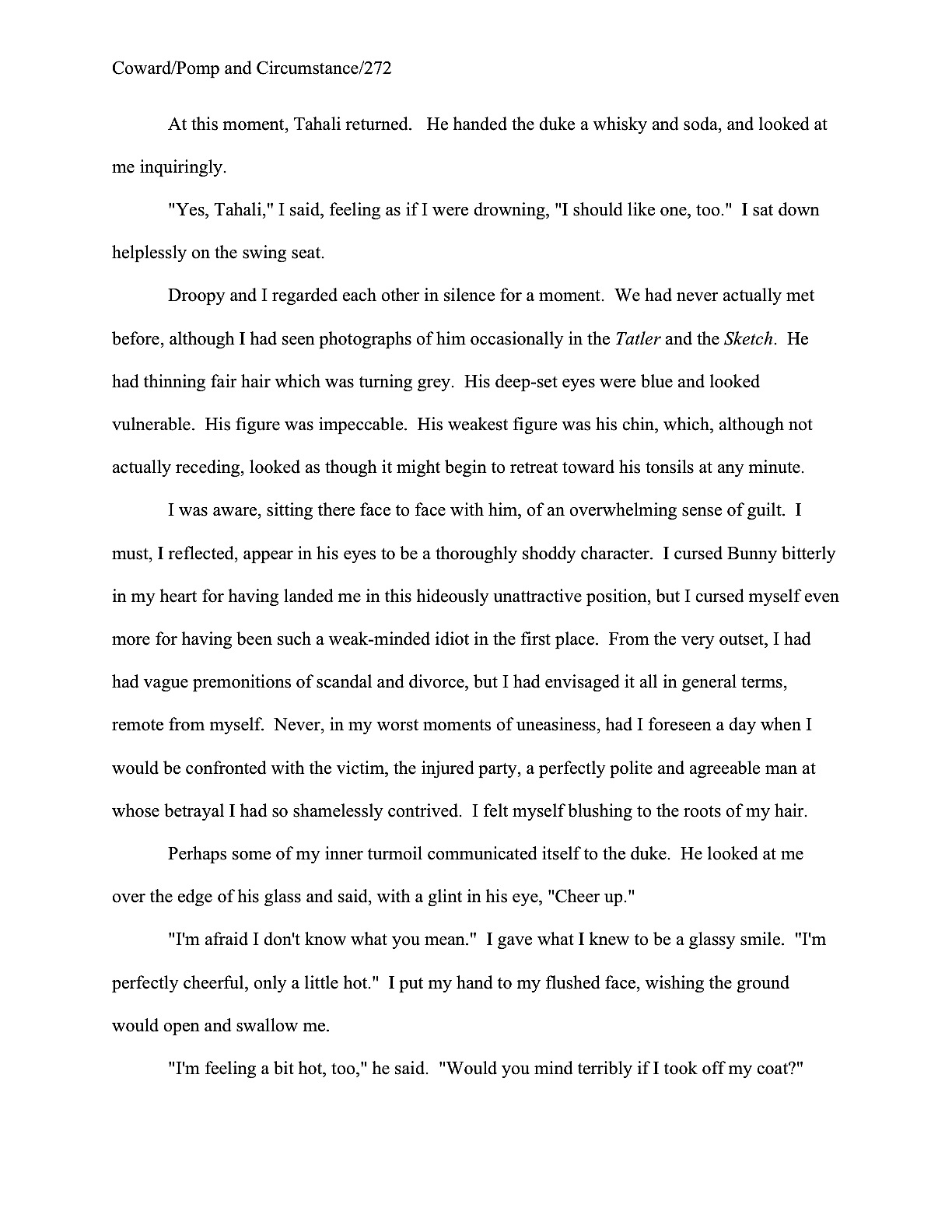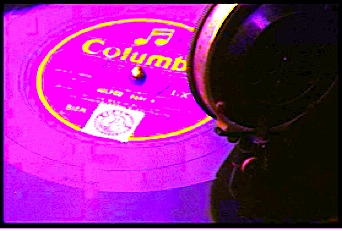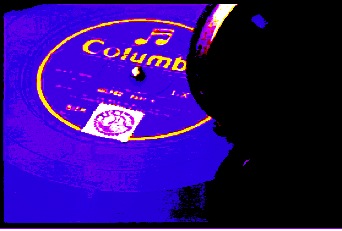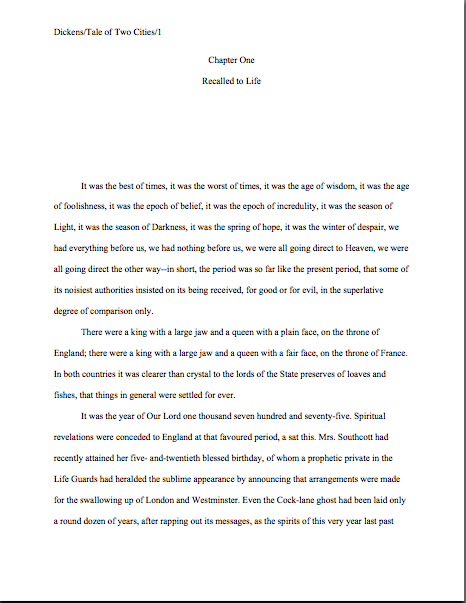
I ask you: how did it get to be Wednesday already? Clearly, some mad scientist has been sneaking into my life, boxing up hours at a time, and hauling them away to another dimension.
Or so I surmise, from the fact that I began this post yesterday morning, yet don’t seem to have posted it until this afternoon. Let’s get right down to business, before another fifteen-minute chunk just vanishes before my very eyes.
Manuscript submissions, like any other form of human communication, are subject to fashion. Nine months to a year after a surprise major bestseller hits the bookstores, for instance, agencies start seeing scads of queries for books with remarkably similar premises. About the same amount of time after a multiple-perspective novel hits it big, their inboxes are suddenly stuffed to bursting with multiple POV submissions. Even matters as small as semicolon use often, after a suitable lag for composition, enjoy the occasional renaissance.
It’s as predictable as the flowers in May — and just as likely to induce an allergic reaction in Millicent the agency screener, at least when the day’s submissions heavily à la mode. While a manuscript’s fitting neatly into an already well-established book can be a good thing, the fourth DA VINCI CODE knock-off of the morning can easily start to seem a little old.
Other trends, I must confess, catch professional readers by surprise. A few years back, about a tenth of the manuscript submissions appearing on agency doorsteps abruptly lost the second space after a period: one day, the second space was virtually universal; the next, it was as if a pair of giant hands had slapped the left and right margins of America, forcing all of those poor sentences into closer proximity with one another.
“What happened?” the pros demanded of one another, mystified. “Did I miss an industry-wide memo that the standards have just changed?”
In a manner of speaking, the people who ostensibly set those standards had. Miss Snark, a well-known agent-who-blogs of the time, had declared from behind her wall of anonymity that anyone who was anyone simply despised the second space after the period. Within a couple of weeks after she declared it verboten, agencies felt the effects, despite the fact that the standard within the industry had not actually changed.
Now, it wasn’t as though there hadn’t been banshees declaring the demise of the second period for a good decade before Miss Snark’s pronouncement: it had, in fact, been a fairly common writing-class admonition ever since some publishers started cutting it from published books in order to save paper. Surprisingly often, it was presented in precisely the same terms: the double-space convention is old-fashioned, and using it would instantly brand a writer as someone to ignore. That’s never actually been true — unless an agency or publishing house actually states a preference in its guidelines for only a single space after a period, using two is virtually unheard-of as a rejection-worthy offense all on its own — but it certainly sounds convincing, doesn’t it?
Since I already dealt with the one-space-two-space (red space, blue space?) debate in an earlier post, I shan’t go into its pros and cons again here. I merely bring it up to illustrate that although people outside of agencies and publishing houses periodically decide that this or that is the new normal for submissions, those decrees usually come as news to the fine folks on the receiving end of submissions.
You know, the individuals with actual power to change the rules in question. Imagine their surprise.
In a not entirely coincidental development, when one of these sea changes begins to take effect, Millicent’s response is just as likely to be annoyance as approval for those who have leapt on the bandwagon. In fact, the former is more likely. “Why are half the manuscripts I’ve seen today in blue ink?” she wonders. “Did someone at a writers’ conference make a joke that got misunderstood?”
Oh, it happens. And now, thanks to the Internet, such a misunderstanding can make it three times around the world before breakfast.
So when about a year ago, submissions suddenly began appearing in agencies with more than one speaker per paragraph in dialogue scenes, professional readers drew the obvious inference: either some soi-disant writing guru had declared the paragraph break between speakers so old-fashioned, or a recent bestseller had been composed by someone with a broken RETURN key, a broken right pinkie to hit it, or a deep-seated psychological aversion to clarity in dialogue.
“Why else,” Millicent has been heard to mutter, “would anyone deliberately chose a dialogue format that will confuse readers?”
You know what I’m talking about, right? Whereas traditional and — dare I say it? — old-fashioned dialogue is formatted like this:
Polly Purebred clutched a lace-napped handkerchief to her pale pink lips. “But I can’t pay the rent!”
“But you must pay the rent,” Dastardly Duke replied, twirling his mustache. “Or I shall tie you to that railroad track conveniently located just outside your front door.”
“But I can’t pay the rent!”
“But you must pay the rent, or I shall deal with you as I mentioned above.”
“But I can’t pay the rent!”
“What are you, a tape recorder? You gotta pay your rent, lady.”
A handsome stranger appeared in the doorway, slightly out of breath from having missed his cue. “I’ll pay the rent.”
Polly tapped on her watch meaningfully. “My hero.”
“Curses,” Duke remarked, yawning, “foiled again.”
On the manuscript page, that exchange (and possibly a little more) would be formatted as you see below. As always, if you’re having trouble reading the type, try holding down the COMMAND key and pressing + to enlarge the image.

That should look at least a trifle familiar to you: the indented paragraphs, one speaker per paragraph convention, and properly-placed quotation marks are all just what you would see in a published book, right? Obviously, though, because this page appears in a manuscript, these dialogue paragraphs are presented in standard format, just as narrative paragraphs would be.
Really, there’s only one unusual element here: did you catch the quote within the quote in paragraph 10? Because Handsome Stranger is reproducing verbiage from Dastardly’s rental ad, rustic charmer with view of railroad track appears within single quotation marks (‘), rather than doubled (“); doubled quotation marks appear around the entire speech.
Everybody’s clear on that, right? If not, now would be a delightful time to speak up.
Clear being the operative word here: while clarity is always required for professional writing, lack of clarity in dialogue is especially likely to be fatal to a submission. If the punctuation had not made it plain that Handsome was in fact quoting something, that paragraph would have made less sense. See for yourself:
“I do believe I will.” The stranger removed his fetching Mountie hat before stepping into the cabin. “I’ve been traveling all morning. The rental ad didn’t mention just how far out of town rustic charmer with view of railroad track actually was.”
Yes, Millicent might have been able to figure out from context (a) that Handsome was indeed quoting and (b) which words in the sentence were being quoted, but you have to admit, it’s not completely obvious at first glance. And one of the practices to which most overworked Millicents are allergic is reading a sentence in a submission twice, because they did not understand it completely the first time around.
The form that allergic reaction typically takes? You’ve probably already guessed: “Next!”
Seem harsh? Actually, it isn’t: conceptual clarity is the minimum expectation for professional writing, not a feature for which a submitter will receive extra credit. By definition, if a reader has to go back over a sentence a couple of times in order to figure out what’s going on in it, it’s not particularly clear.
Fortunately, even though there are three characters talking on the page above, it’s always perfectly clear who is speaking when, isn’t it? That’s because the real hero of this scene is the humble RETURN key: each speaker has his or her own paragraph.
Again, this should not come as too much of a surprise to readers familiar with how dialogue is typically presented in books. Recently, however, Millicent has found herself scratching her pretty head over exchanges like these:
“But I can’t pay the rent!” Polly Purebred clutched a lace-napped handkerchief to her pale pink lips, but her obvious distress had no effect on Dastardly Duke. He twirled his mustache. “But you must pay the rent, or I shall tie you to that railroad track conveniently located just outside your front door.
See the problem? A skimmer might well assume that everything within quotation marks was Polly’s speech, and thus become — sacre bleu! — confused.
Why might a swiftly-reading observer leap to that conclusion? For one very good reason: in English prose, the character who gives the first speech in a dialogue paragraph is assumed to be the speaker for every speech within that paragraph, unless there is specific indication otherwise. If there is no tag line (he said, she said), the speaker is presumed to be the first character named in the narrative part of that paragraph.
So technically, Polly is the only speaker here. Even though there are two actors within this paragraph, there’s literally nothing in it to indicate a change of speaker. How could there be, when this paragraph violates the one speaker per paragraph rule of dialogue?
Not seeing it? Okay, let’s break down what the actual text is telling us is going on:
Polly: But I can’t pay the rent!
Polly: But you must pay the rent, or I shall tie you to that railroad track conveniently located just outside your front door.
Doesn’t make much sense, right? And to a professional reader, neither does cramming two characters’ speeches into the same dialogue paragraph. Not only is it improper, but it leads to needless confusion.
Frankly, this kind of formatting is likely to send Millicent into a sneezing fit if it happens even once in a submission; if it occurs early enough in the text, it’s likely to trigger instant rejection. If she’s in an unusually tolerant mood that day, she might continue reading, but if she spots it again, she will sneeze herself into a whirl of philosophical confusion: why, such paragraphs leave her wondering, would a writer want not to follow the one speaker per paragraph rule of dialogue? Not only is it the norm for dialogue, but it fends off that bugbear of submissions everywhere, conceptual confusion.
If the practice appears to be habitual, she is forced to come to one of only two possible conclusions: either the writer was trying to save a line by not hitting the RETURN key (a sneaky practice which, over the course of an entire manuscript, might actually trim quite a few pages from an over-long dialogue-heavy submission), or he was simply unaware that — wait for it — the character who gives the first speech in a dialogue paragraph is assumed to be the speaker for every speech within that paragraph.
Neither conclusion is, I’m afraid, going to make her think particularly highly of the manuscript in question; either would be ample justification for rejection. Think about it: both a writer unfamiliar with the rules of dialogue nor one who believes that Millicent won’t notice or care if he bends them are likely to be rather time-consuming to represent; their learning curves will need to be pretty sharp in order to work successfully with an editor at a publishing house. Or, indeed, with an agent in preparing a submission to said editor.
But that’s not why misformatting dialogue is potentially fatal to a submission, at least not all by itself. Like not indenting one’s paragraphs, not adhering to the one speaker/one paragraph rule implies, among other things, that one does not read a great deal of English prose containing dialogue. And that’s an extremely dangerous impression to create with a submission, as the publishing industry has long favored writers it perceives as unusually literate.
It’s hard to blame them for that preference, considering that the people who harbor it tend to be the ones correcting any deviations from standard punctuation and grammar. Agents and editors know from experience that a writer who doesn’t pay attention to — or doesn’t know — how to format or punctuate dialogue is simply more time-consuming to guide down the curvy path to publication.
Indeed, many agents feel — and rightly — that it isn’t really their job to play the grammar police. One of the basic requirements of being a professional writer is knowing the rules governing English prose, after all.
You would think this tenet would send aspiring writers everywhere stampeding toward community colleges to enroll in basic composition classes, wouldn’t you? As Millicent’s inbox abundantly demonstrates these days, that’s one trend that doesn’t seem to be sweeping the nation.
Did a dragon just fly by, or are some of you hyperventilating? “But Anne,” the puzzled gasp, “isn’t it just a tad unreasonable to draw sweeping conclusions about someone’s literacy based upon just a couple of paragraphs of dialogue? I mean, take another look at that last example: it’s pretty obvious from context that Dastardly is saying the second speech, isn’t it? Would it kill Millicent to extrapolate? Or even just to read it twice, if she’s gotten confused?”
Not kill her, perhaps, but definitely irk her: remember, many screeners will not re-read, on general principle. Bear in mind, too, that Millicent is often reading very, very quickly — she has a lot of submissions to get through in a day, recall, and it’s her job to reject most of what she reads. If she finds a dialogue scene when she skims, she’s likely to reject the manuscript, even if someone reading at a normal pace might be able to follow the passage in question.
Fortunately, there’s a magic fix: hit the RETURN key between speakers. Look at how few keystrokes remove any potential for confusion from our last example.
“But I can’t pay the rent!” Polly Purebred clutched a lace-napped handkerchief to her pale pink lips.
Her obvious distress had no effect on Dastardly Duke. He twirled his mustache. “But you must pay the rent, or I shall tie you to that railroad track conveniently located just outside your front door.
Problem solved — and at no cost to the meaning of the original exchange. To reiterate Millicent’s earlier question, why wouldn’t a writer want to do it this way?
She also is left to wonder far more often than strikes her as reasonable why so many submissions of late have taken to violating the one speaker/actor per paragraph rule. All too often, she finds herself confronted with dialogue formatted like this:
“But I can’t pay the rent!” Polly reiterated.
“So you’ve said. Forty-seven times now.” She quailed before the rope he brandished. “Care to make it forty-eight, and take your chances with a locomotive?”
If we apply the principle that the first character named in a dialogue paragraph (in this case, she) is the presumed speaker, confusion once again reigns. Not sure why? When in doubt, break the exchange down into a play.
Polly: But I can’t pay the rent! So you’ve said. Forty-seven times now.
“Care to make it forty-eight, and take your chances with a locomotive?”
Again, it doesn’t make much logical sense — and it’s not Millicent’s job to re-read it until it does. She’s likely to shout, “Next!” before she even notices that second paragraph presents effect (quailing) before it shows cause (brandishing).
Far, far easier simply to observe the rule that dictates in a dialogue paragraph, the speaker and the primary actor should be the same. If they are not, add a tag line to render who is speaking completely clear to the reader.
Let’s take a gander at both of those principles in practice, shall we? If we separate each speaker/actor by simply hitting the return key as needed, the confusion vanishes.
“But I can’t pay the rent!” Polly reiterated.
“So you’ve said. Forty-seven times now.”
She quailed silently before the rope he brandished.
“Care to make it forty-eight, and take your chances with a locomotive?”
This isn’t an especially stylish solution, is it? The cause-effect reversal is still there — and technically, it takes at least two sentences to make up a narrative paragraph. Let’s experiment with adding a tag line, so see if we can’t clear up matters:
“But I can’t pay the rent!” Polly reiterated.
“So you’ve said. Forty-seven times now,” he said wearily, brandishing the rope at her. She quailed before it. “Care to make it forty-eight, and take your chances with a locomotive?”
Perfectly clear who is doing what now, is it not? While adult fiction tends to minimize tag lines in two-person dialogue, where simple alternation of paragraphs will let the reader know who is speaking when, there is nothing wrong with this last example. Indeed, were this a three-person dialogue, the tag line would be actually necessary, since paragraph alternation works only with two speakers.
Not sure why? Let’s take another peek at that three-person exchange, this time with the speaker identification removed:

Rather difficult to follow the players without a program, isn’t it? In multiple-speaker dialogue, frequent reminders of who is speaking when are downright necessary.
Remember: clarity, clarity, clarity.
In two-person dialogue that adheres to the one speaker/actor per paragraph rule, though, frequent reminders of who is speaking, especially in the form of tag lines, are seldom required, or even helpful. Obviously, the narrative must establish who the speakers are, but once they fall into an alternating rhythm of exchange, most readers will be able to follow who is speaking when — provided that the exchange does not go on for too long, of course, and the two speakers have distinct points of view.
There’s another reason to minimize tag lines in adult fiction. To a professional’s eye, too many he said/she cried reminders can come across as a bit storybookish, as if the narrative were going to be read aloud. A higher level of speaker identification is required in dialogue that’s heard, rather than read: since the hearer cannot see those nifty paragraph breaks that differentiate speakers on the page, she would have a hard time telling the players apart without the narrative’s actually stating who is speaking when.
As much as I would like to sign off and leave you to ponder these weighty issues, I cannot in good conscience leave the issue of dialogue behind without bringing up yet another of Millicent’s tag line-related pet peeves. See if you can diagnose it in the following example — or rather, them. Only one of the three tag lines below is correct.
“I told you so,” Polly pointed to the oncoming train. “That’s the five-ten.”
Dastardly fumbled with the ropes, “But it’s only 4:45! I have should have twenty-five minutes to tie you to the tracks!”
“You’d better hurry up, then,” she said, inspecting her manicure.
If you spotted the third paragraph as the correct one, award yourself a gold star and a pat on the back. “You’d better hurry up, then,” she said, inspecting her manicure.
is a properly-formatted tag line, properly punctuated.
So what’s the problem with the first two dialogue paragraphs?
If you immediately cried out, “By gum, Anne, neither pointed nor fumbled are verbs related to speech,” take yourself out to dinner. A verb in a tag line — and thus form a continuation of the sentence containing the quote, rather than a separate sentence — must at least imply the act of comprehensible noise coming out of a mouth: said, asked, whispered, shouted, exclaimed, asserted, etc.
Since neither pointed nor fumbled are speaking verbs, they cannot take the place of said in a tag line. Thus, the commas are incorrect: Polly pointed to the oncoming train and Dastardly fumbled with the ropes are not continuations of the dialogue sentences in their respective paragraphs, but separate sentences. They should have been punctuated accordingly.
“I told you so.” Polly pointed to the oncoming train. “That’s the five-ten.”
Dastardly fumbled with the ropes. “But it’s only 4:45! I have should have twenty-five minutes to tie you to the tracks!”
Admittedly, that last one is a matter of punctuation, rather than formatting, but as I believe I have mentioned approximately 1,500 times throughout the last few months of ‘Paloozas, writing problems tend to flock together. Especially these days, when the length restrictions of Twitter and Facebook status updates have accustomed so many of us to seeing writing without punctuation.
As any professional reader could tell you to her chagrin, the more one sees incorrect punctuation, spelling, grammar, and formatting, the greater the danger that it will start looking right to one on the page, even if one is aware of the rule dictating its wrongness. So in moving swiftly to reject incorrectly put-together dialogue, Millicent is not only out to protect the language — she’s practicing self-defense.
At the risk of sounding like an editor (funny how that happens from time to time), if you find that you’re starting to become fuzzy about what looks right and what wrong, consult an authoritative source; just assuming that what you see in print must be right is no longer necessarily a good rule of thumb. And if, to the everlasting shame of the educational system that nurtured you, no one ever taught you the rules in the first place, or if they have faded in your recollection, consider investing a couple of months in a basic composition class; most community colleges in the U.S. offer solid refreshers at a very reasonable price.
Seriously, it’s not a bad idea to go in for a grammar tune-up once or twice a decade. Millicent’s not the only one barraged with omitted punctuation, misspelled words, and overlooked grammar rules, after all.
Just something to ponder. Next time, I shall be moving back to pure formatting issues. In the meantime, keep up the good work!


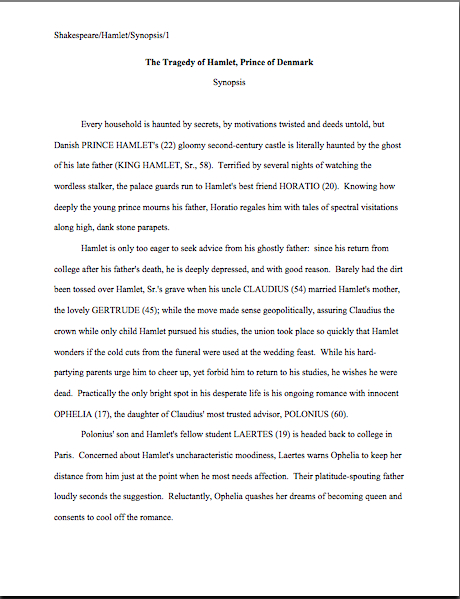





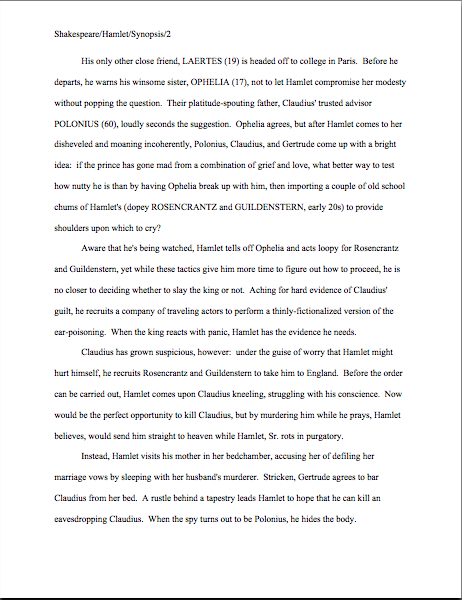

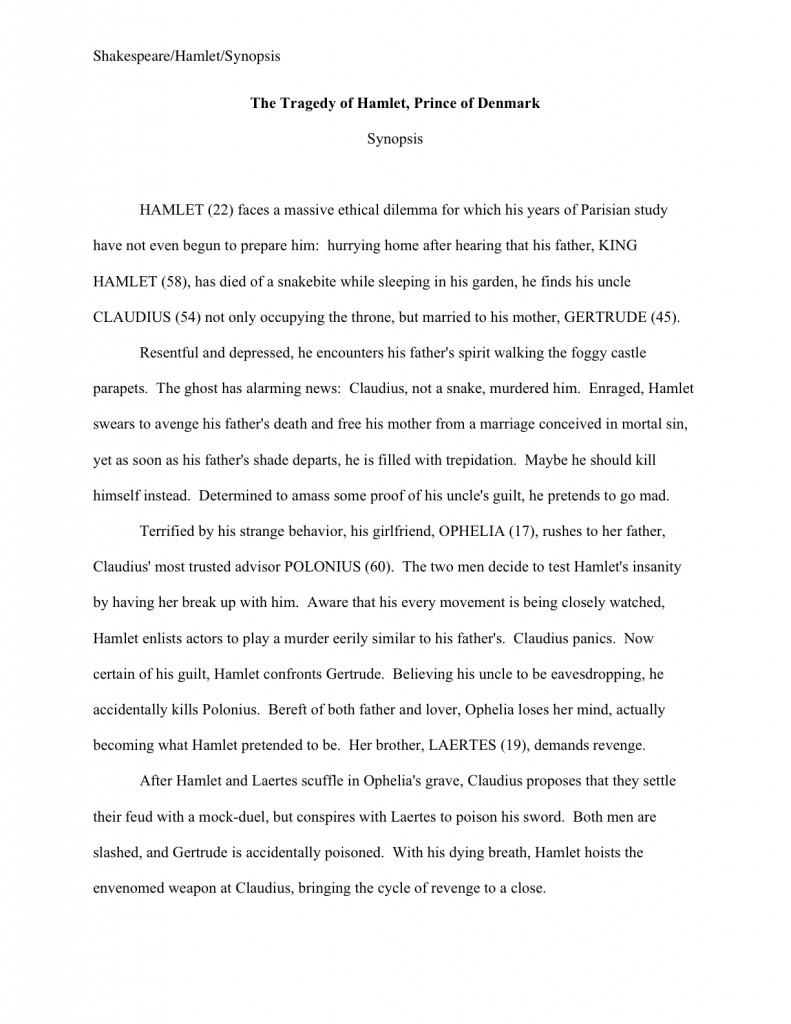





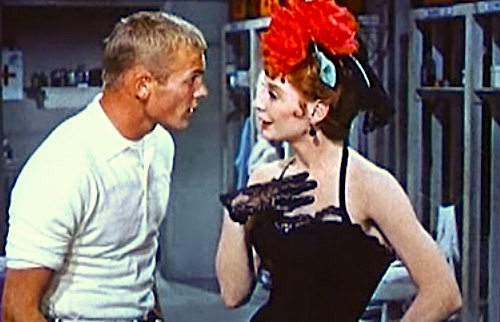

 The vast majority of queries are not read in their entirety before being rejected. Therefore, the first paragraph of your query is one of the very few situations in the writing world where you need to TELL, as well as show.
The vast majority of queries are not read in their entirety before being rejected. Therefore, the first paragraph of your query is one of the very few situations in the writing world where you need to TELL, as well as show.








